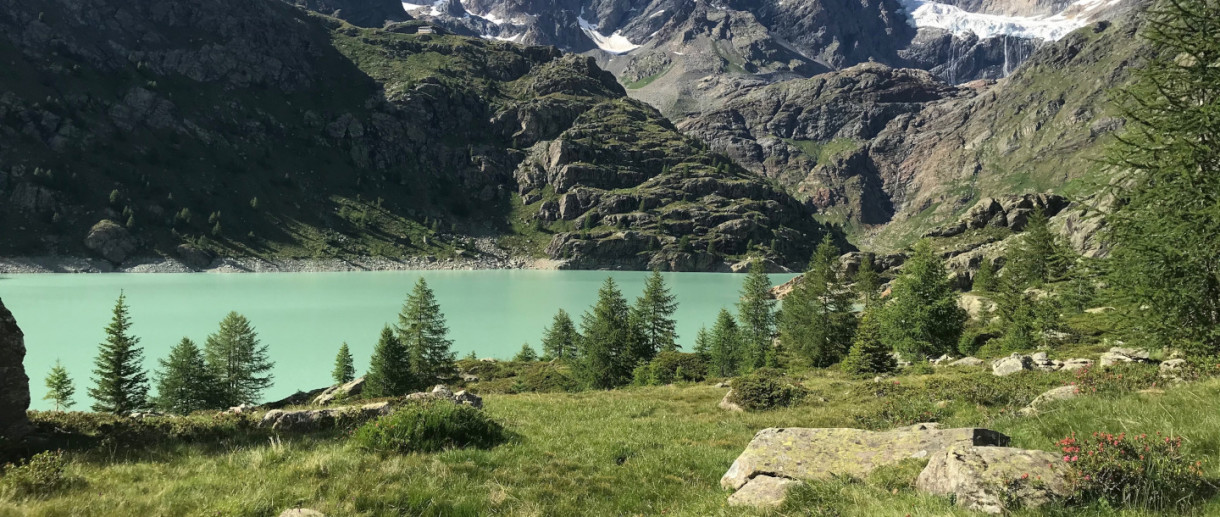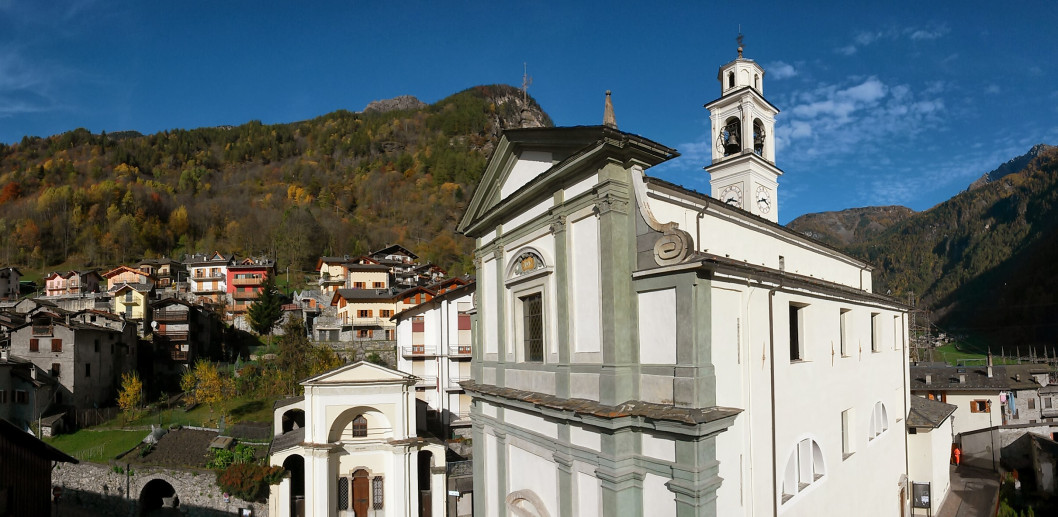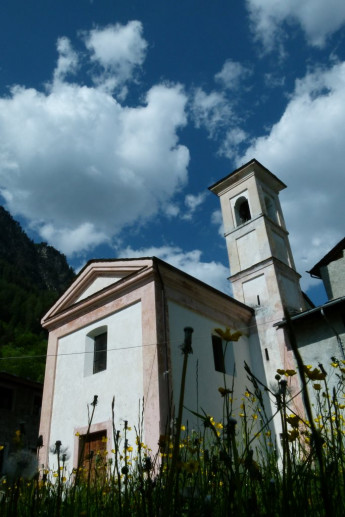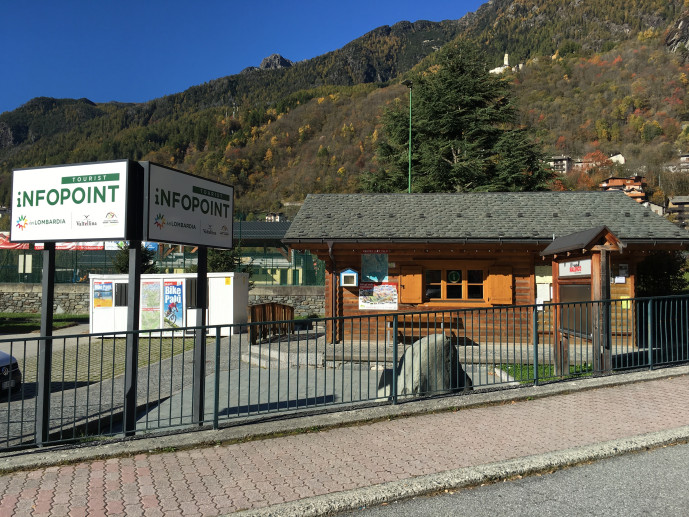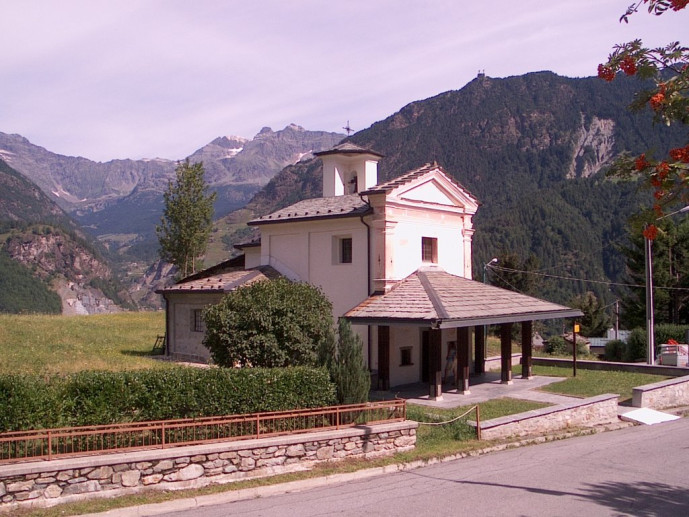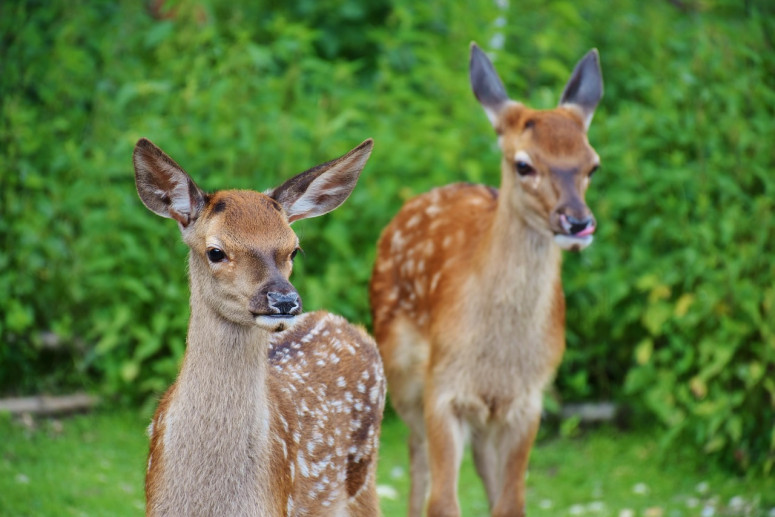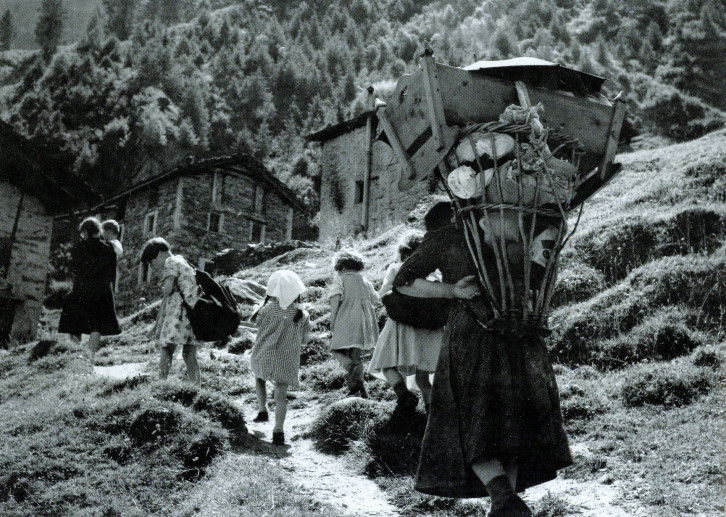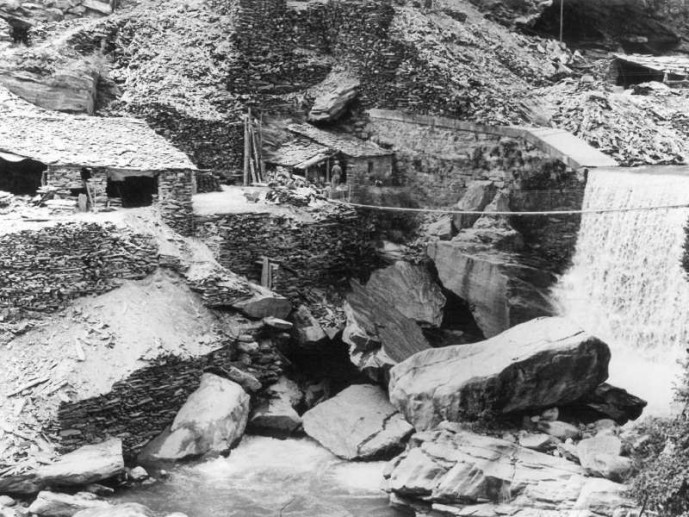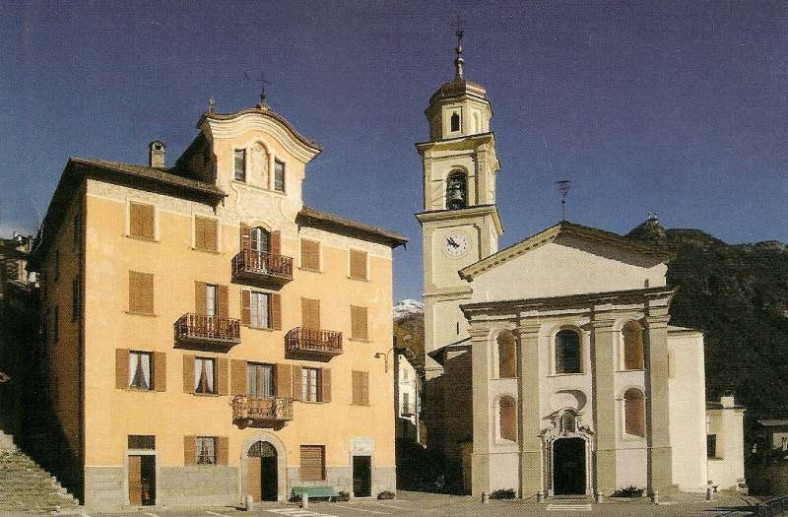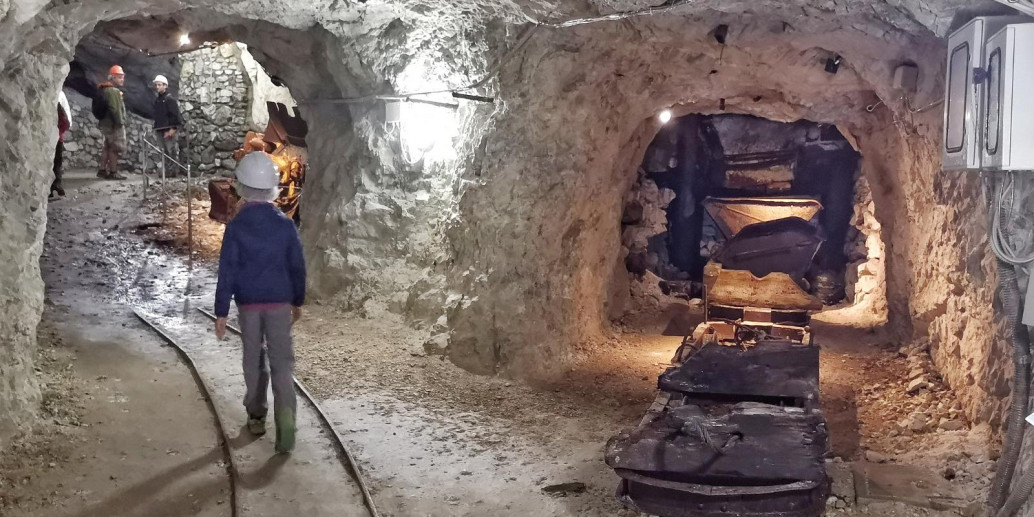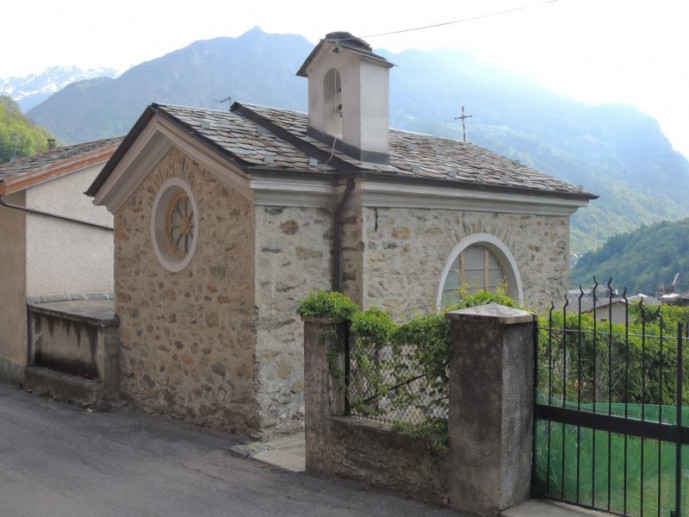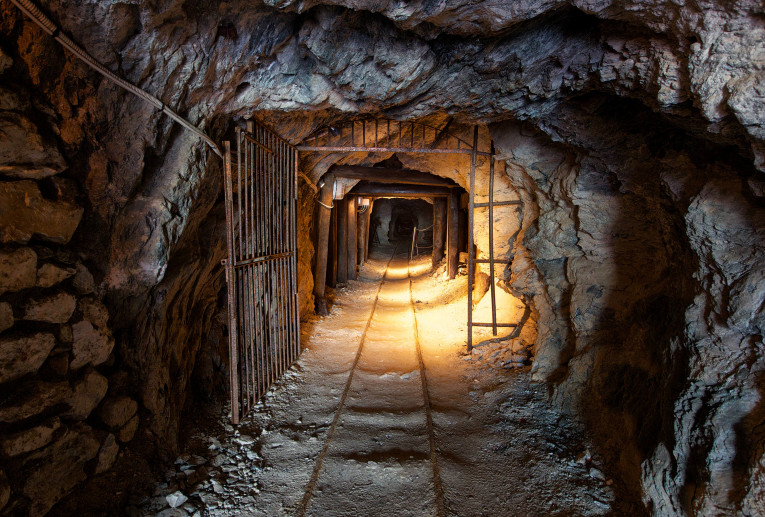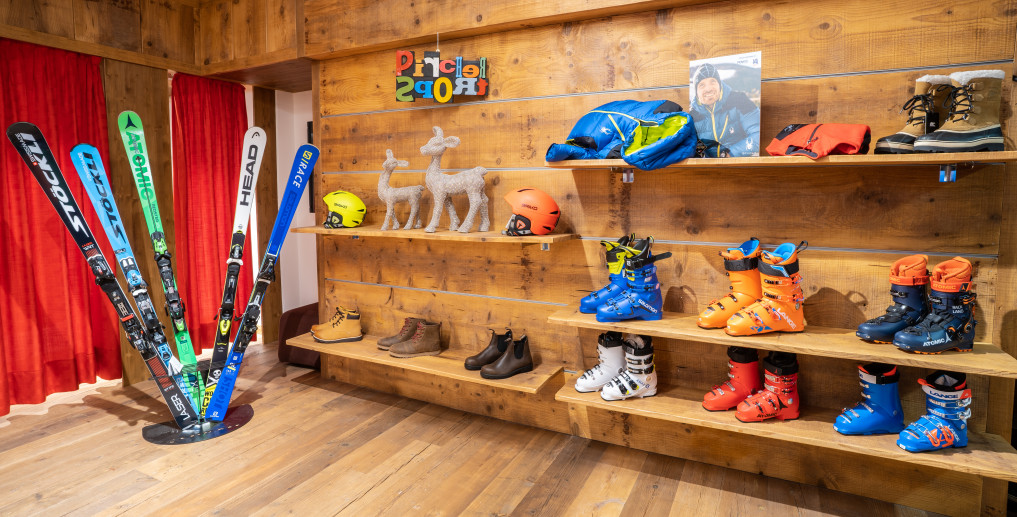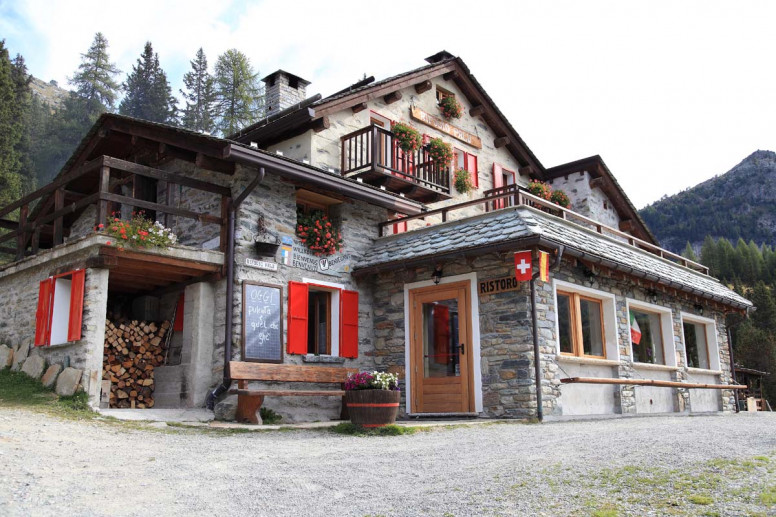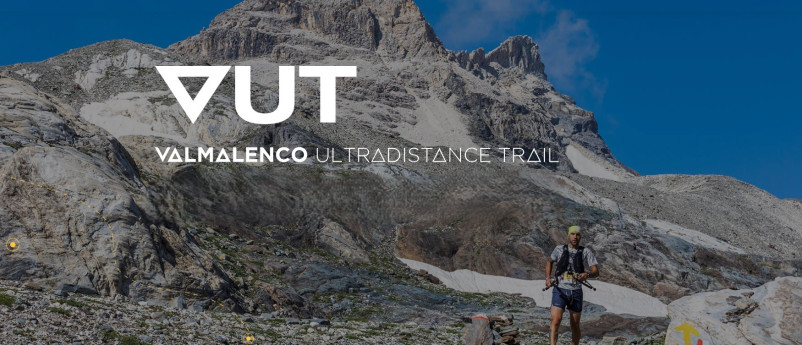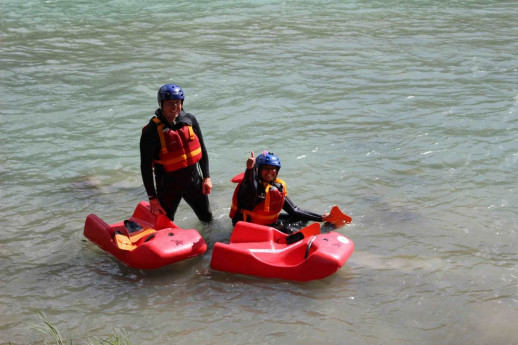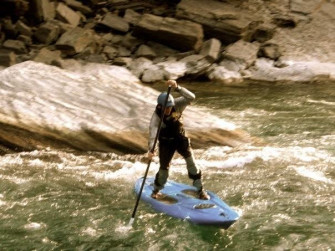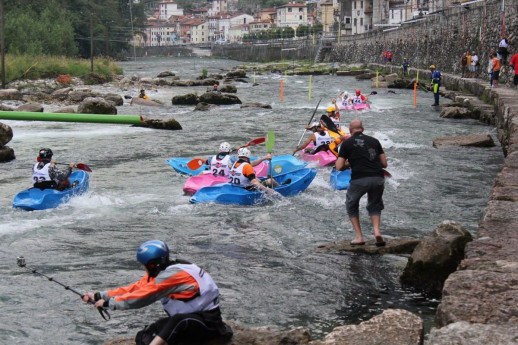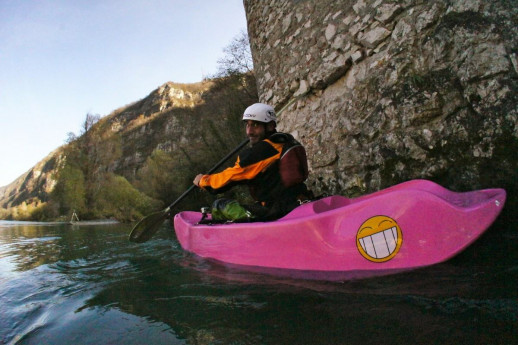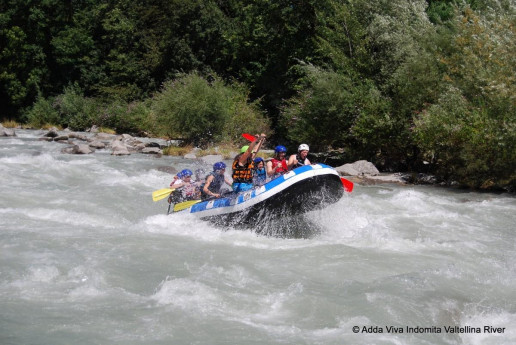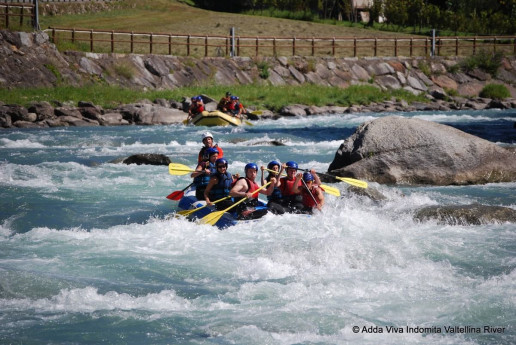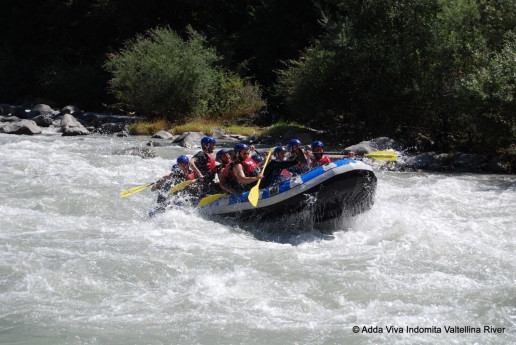- Art & Culture
- Active & Green
- Mountains
Valmalenco Ecomuseum
T he Valmalenco Ecomuseum is a set of physical and cultural paths to be traveled with body and mind to explore and learn about the valley, reach its most characteristic places and understand the natural and human history of this wonderful alpine valley and the people who have lived and still live here.
The Ecomuseum is divided into eight major thematic routes which, in turn, open up to a vast horizon made up of places and moments in Malenco history, culture, tradition and landscape.
Nature trails
A skillful and studied hiking network, in part tracing the ancient paths and routes trodden by the Malenco peoples, offers visitors of all ages the chance to walk through the valley and enjoy a nature that is, for the most part, almost untouched.
Mineralogical Trails
"A world of geology," is how Valmalenco, internationally known for its priceless mineralogical heritage, has been called: more than 260 of the 450 mineralogical species existing in the province of Sondrio are found right in Valmalenco, in its geological parks, mineralogical collections, quarries and mines.
See also: Bagnada Mine Ecomuseum.
Paths of history and art
The centuries-old history of the valley, the vast cultural and human heritage, as well as the precious artistic traces scattered throughout the territory over time, still speak for themselves through important documentary, artistic, architectural, and ethnographic evidence.
Paths of faith
Valmalenco, like the whole territory of the province of Sondrio, is a valley scattered with sacred testimonies: churches, chapels, sanctuaries, wall frescoes, alpine crosses, minor signs, constitute the strongest manifestation of a religiosity as spontaneous and heartfelt as it is generally widespread among the simple people of the faithful.
Paths of work
In Malenca culture, savoir faire and labor activity have developed while maintaining a close link both with the typically alpine economy, based on the agriculture-livestock pair, and expanding toward some specific craft professions connected, for example, to seasonal emigration (muléta, magnàn) and to stone quarrying and working. Remarkable were the spillovers from the economic point of view, thanks to the flourishing trade in craft and dairy products.
Routes of habitation
The landscape of the Valmalenco is also striking for that human environment built over the centuries by man who, little by little, at the cost of great effort, carved out a space for himself between steep depressions and wide grassland clearings. Traces of this remain in the ancient rural settlements, in Alpine architecture and in those magnificent works of landscape chiseling that are the terraces.
Paths of tradition
Tradition is the soul of a land; it is culture in the broadest sense, formed over the centuries, that characterizes and distinguishes a people.
Malenca tradition is composed of a beautiful mosaic of different expressions, ancient and recent, and the Ecomuseum is committed to preserving them.
Tourism Routes
Developed just over a century ago, tourism in Valmalenco has become the soul and thread that has made the valley internationally known for its environmental and scenic beauty. Mountaineering and skiing, declined in all specialties and forms, have become established traditions and an indispensable part of local culture and identity in Valmalenco.
Source - Valmalenco Ecomuseum
